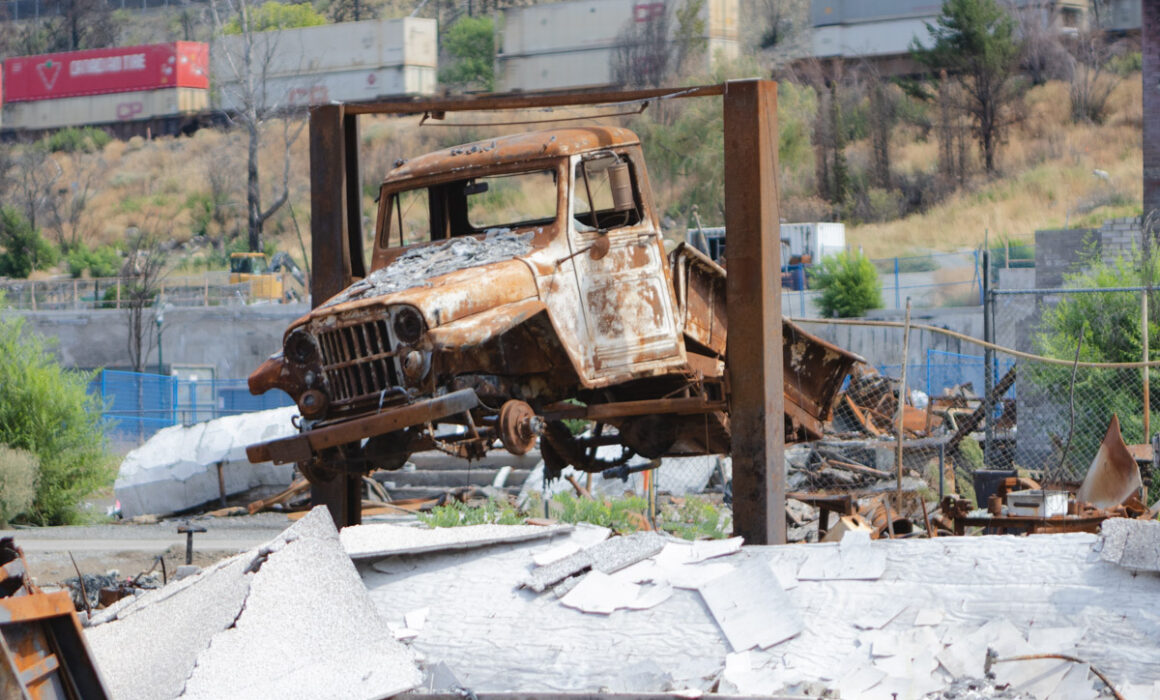Field Notes 005: Lytton Forest Fires
In August of 2022, we the Environmental Justice Foundation contacted us to capture footage and interviews of forest fires that were going on in Lytton. Based on the traditional lands of the l’Kemstin First Nation, Lytton had been devastated by forest fires in 2021, flooding in 2021 and a second round of fires were threatening the region in the summer of 2022.
The footage was intended to be used in a project at the UN Climate Change Conference 2022 in Egypt, as part of a project to highlight the impact of climate change around the world. Teams were hired all around the world, and we worked as the production crew for the Canadian portion. We prepared as much as possible but ended up relying on our in-the-moment personal skills to get some unique footage for our client.
We acknowledge that we live, work and create on the traditional territory of the Songhees, Esquimalt and W̱SÁNEĆ nations.
A New Approach to Pre-Production

Preparing for this project was unique for us, as we weren’t editing at all. This job was more of a video-journalism assignment than most of our branding/marketing work. We were hired to spend 2 days in the interior capturing footage of the devastation from forest fires and interviewing survivors.
Although fires were currently going on, interviewing survivors would be difficult as many people who had been impacted were spread around the province.
We knew we could get some distant footage of the current fires but wanted to prepare enough content for a full story. Through our network, we were connected with two residents who had lost their homes in 2021 from fires in the Kamloops region. They agreed to help us out with the project and share their stories. Between the current fires and these interviews, we knew we would get enough footage for the project but weren’t 100% certain that we would be able to get enough b-roll to connect with their entire stories.
As the forest fires were under control, we were running out of preparation time and we set out.
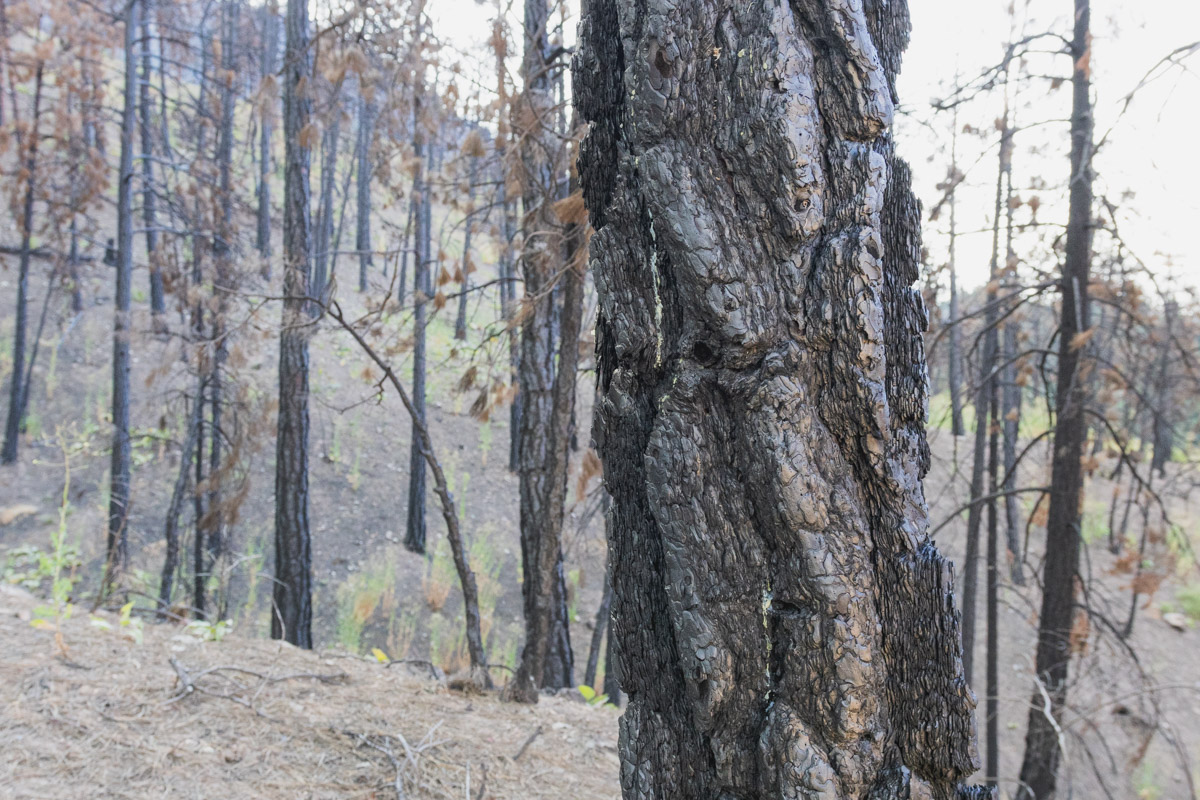
Day 1: Victoria to Lytton, BC

Day one was a hot day full of travel. We left Victoria, BC, and took the ferry from Vancouver Island to the mainland. We made a quick stop in Vancouver before driving the next 3 hours to Lytton.
As we arrived in Lytton, we found out that the entire town had been closed off due to the devastation from 2021. We knew that access would be restricted, but hardly anything was visible from the road and there was nowhere to stop. Although it’s understandable, as it probably helps to stop the public from holding up traffic, it posed a serious issue to our project.
We decided to call it an early night nearby and decided we would investigate early in the morning.
Day 2: Devastation in Lytton

We woke up with the sun on our second day and did a second drive by of the town. We confirmed that the likelihood of getting any shots from outside the grounds would be nearly zero.
As a back-up, our plan was to interview local community members and see if anyone would be willing to share their stories about how they had been impacted. We found a small market at a nearby gas station and began asking a few of the people there. On a lucky break, we met the public liason officer from the municipality who offered to take us on a tour of the site so we could get ground level footage.
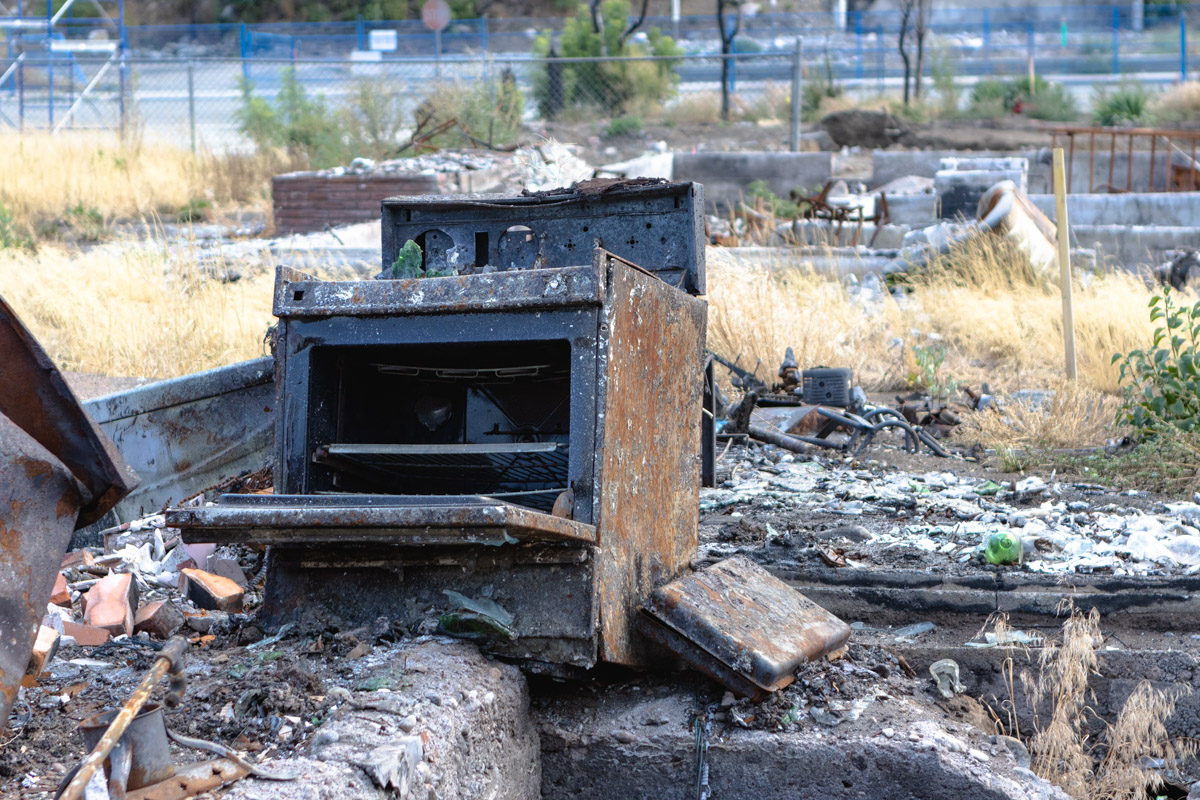
This was a huge opportunity, and we were quickly set up with hard hats and reflective vests before entering the site. The images were heart stopping. Much of the clean up was already underway, but a lot of the wreckage still stood. There were twisted bicycles, burnt cars, scorched houses, and ash over many of the house plots.
We were incredible lucky and thankful to our guide for all his help.
With some impressive footage on our memory cards, we headed over to Kamloops to prepare for our interviews on Day 3.
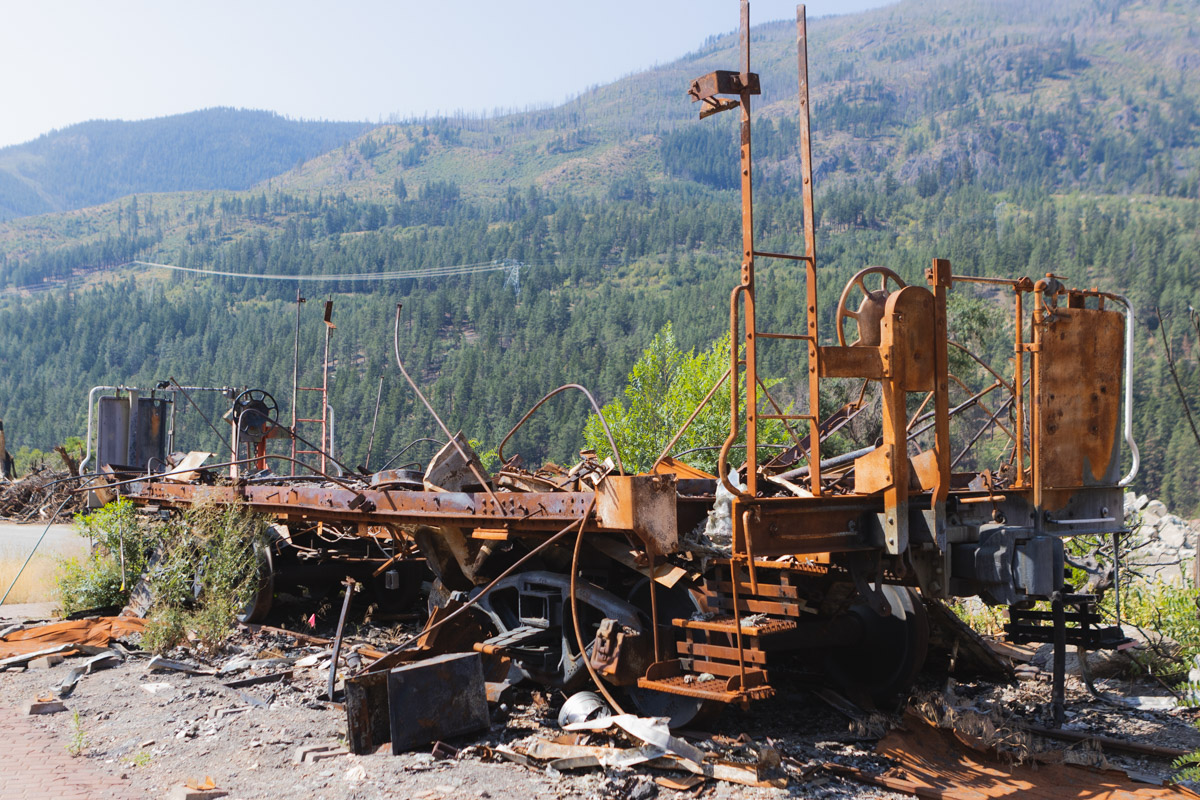
Day 3: Stories From Survivors

We had another early day and went to set up our interviews. Our first contact had bought a new property, to lose everything during the Monte Lake fires in 2021. Hearing the story of their family and how quickly they had to evacuate put whole new meaning behind the footage we captured the day before.
We had the opportunity to fly our drone and capture some aerial footage of the region that had been burnt only 12 months before. Then we headed back to Kamloops to interview our second contact who was impacted by the same fire.
Hearing the stories and seeing where the survivors were one year later gave a whole new perspective. It’s easy to see the impacts of climate change on the news, but seeing the devastation and talking with people who directly had their lives changed was eye opening.
After these interviews were wrapped up, our team had finished early enough in the day to make the full drive back to Victoria. After another 6 hours of travel, we arrived back downtown Victoria with some amazing footage and a new perspective.
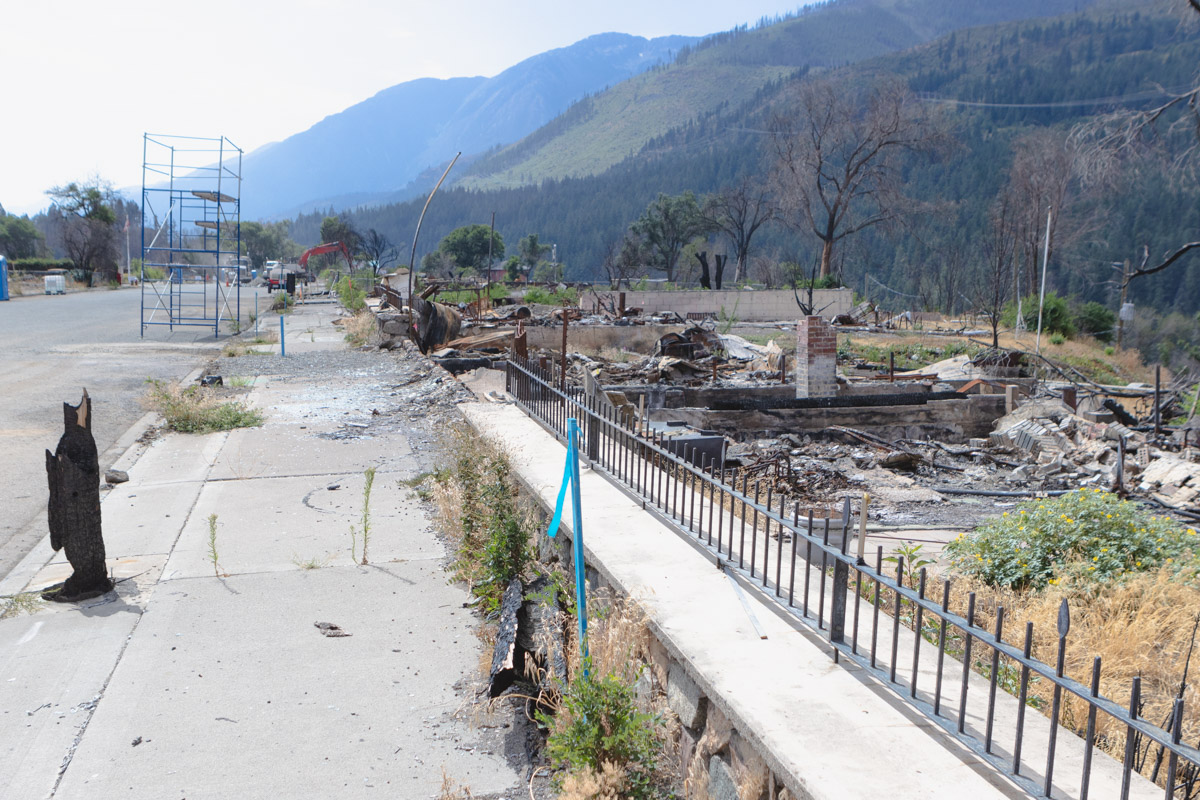
Final Thoughts

This project was a new challenge for our team. It required a journalistic intent and a new approach to pre-production while relying on our ability to make connections in the moment. Now that the project is all said and done, we’re grateful to get the opportunity to work on video production projects like this and extremely lucky for all of the help we received on this project.


